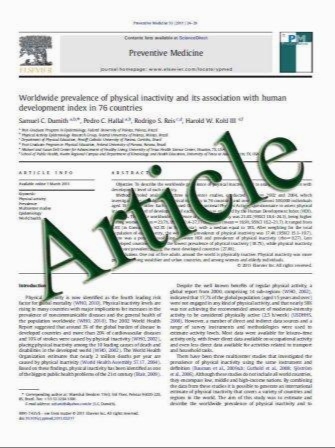Force-frequency relationship as a predictor of long-term prognosis in patients with heart diseases
- نوع فایل : کتاب
- زبان : انگلیسی
- مؤلف : Komei Tanaka Makoto Kodama Masahiro Ito Makoto Hoyano Wataru Mitsuma Mahmoud M. Ramadan Takeshi Kashimura Satoru Hirono Yuji Okura K
- چاپ و سال / کشور: 2010
Description
Adequate evaluation of the nature of the residual failing myocardium, as well as the severity of myocardial injury, is important for managing patients with heart failure. The aim of this study was to investigate the myocardial function and the prognosis of patients with heart diseases using the force-frequency relationship (FFR). We enrolled 76 patients with sinus rhythm who had miscellaneous heart diseases and performed incremental right atrial pacing at the time of diagnostic cardiac catheterization. The first derivatives of left ventricular pressure (dP/dt) were recorded using a micro manometer-tipped catheter during the study. To represent properties of FFR, two parameters—the peak force rate (PFR) and force gain (FG)—were estimated. PFR was defined as the heart rate at which dP/dt became maximum. FG was defined as the difference between dP/dt at PFR and dP/dt at the basal heart rate. FG decreased as the severity of left ventricular (LV) dysfunction increased (372.0 ± 110.7, 209.5 ± 29.1 and 116.3 ± 13.1 mmHg/s for normal LV function, mild LV dysfunction and severe LV dysfunction groups, P\0.05, respectively). PFR correlated with cardiac index (r = 0.375, P = 0.001). FG correlated with LV end systolic volume index (r = -0.297, P = 0.010) and LV ejection fraction (r = 0.539, P\0.001). Furthermore, pulmonary arterial wedge pressure [hazard ratio (HR) 1.126, P\0.01] and FG (HR 0.992, P = 0.061) tended to be independent predictors for cardiovascular death. Analysis of FFR, especially FG, seems to be useful to evaluate the nature of the failing myocardium and the prognosis of patients with heart diseases
Heart Vessels (2011) 26:153–159 DOI 10.1007/s00380-010-0040-1 Received: 14 January 2010 / Accepted: 11 March 2010 / Published online: 27 October 2010


